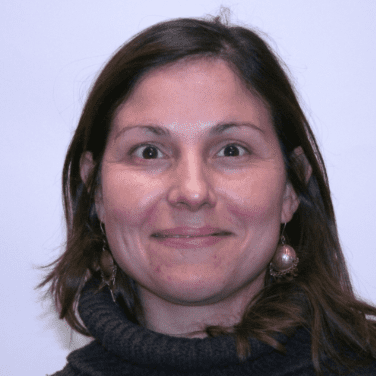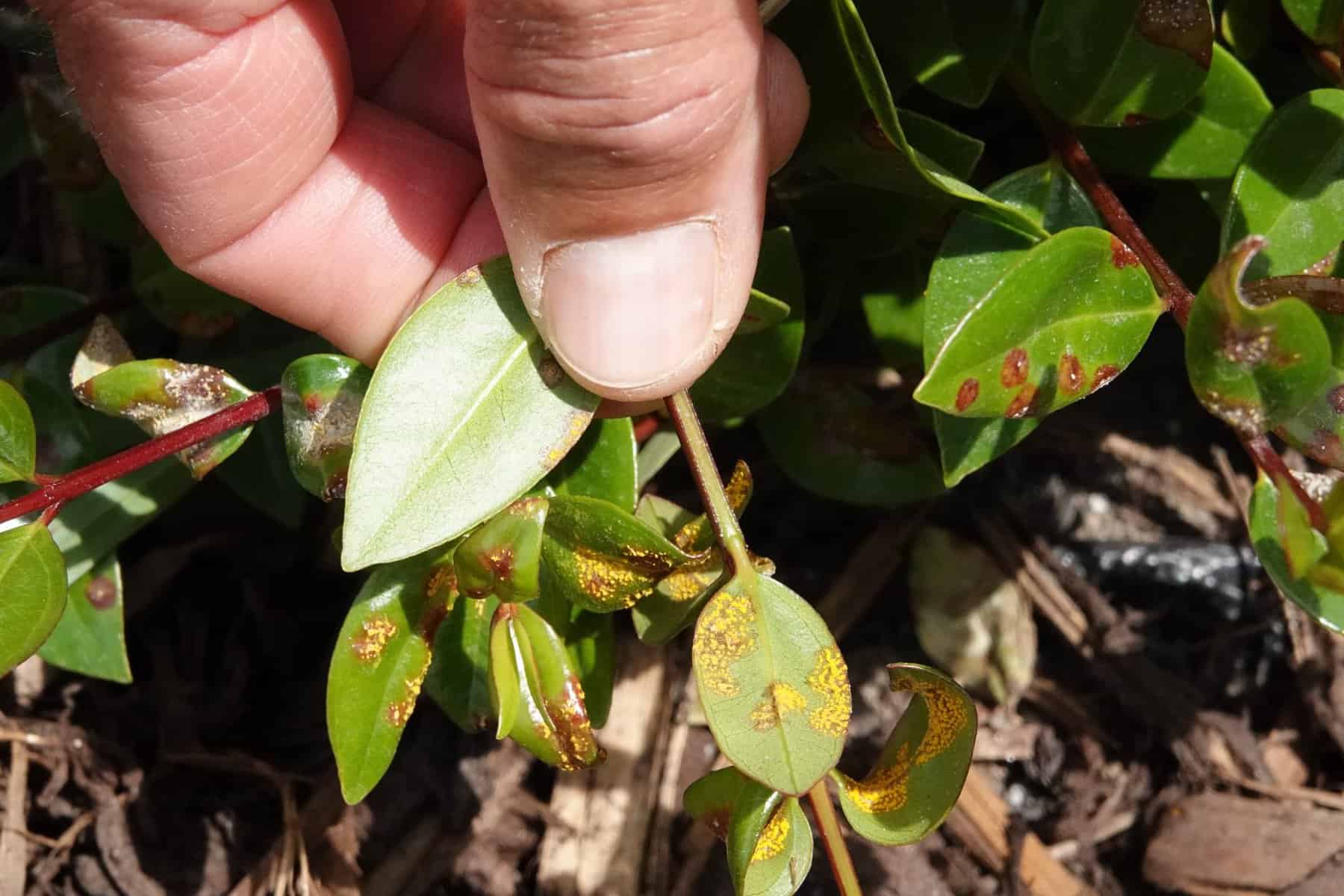“Surveillance for plant pathogens means the tools and mechanisms we use to find disease in taonga species,” says Cecilia. “The tools that enable us to both find the pathogen and monitor how far it has spread.”
Cecilia says the aim of Integrated Surveillance is to gain a more holistic view of ngahere ora (forest health), taking into account community perspectives (i.e. asking what changes have been observed by those living in close proximity to the forest) alongside more conventional data sets focussed on finding and tracking the disease.

“A diseased tree affects its surrounding ecosystem,” says Cecilia.
“The forest is going to change, and the way people engage with the forest will change as well. We want to integrate this into a surveillance response, not just finding the disease but paying attention to the surrounding effects of the disease.”
Cecilia underlines that if you’re not familiar with what a forest looked like in full health it’s not always easy to spot disease, making forest-user familiarity so valuable. There can be obvious signs of disease in trees, like leaf loss or lesions, but Cecilia has had conversations with mana whenua who describe changes such as missing manu (birds and other flyers), changes in plant species composition, and even tell-tale smells indicating poor health.
“There are so many other things beyond just the obvious symptoms of the disease. Our team has a strong statistical background, so we can use information from different sources and combine it in a way that can be integrated to give us a better idea of what is going on.”
With her co-lead Waitangi Wood’s champion-status in plant pathogen spaces, Cecilia is stepping with confidence into co-leadership. “Waitangi walks me by the hand basically,” says Cecilia, laughing. “She’s very passionate about elevating Māori into research and surveillance spaces and integrating mātauranga Māori into more conventional surveillance systems.”
Cecilia worked with Dean Anderson for close to ten years in other projects before Dean invited her to work in Integrated Surveillance, where she started working with Waitangi.
“Waitangi is so inspirational. She has such good knowledge of the ins-and-outs of the system, of the people, of everything.”
Cecilia, who was born in Argentina, was initially nervous to participate in cross-cultural innovation in Aotearoa, but she grew in confidence working next to Waitangi. “She’s just so good at facilitating all those relationships. She’s great.”
Cecilia feels she isn’t stepping down from research, rather she’s fulfilling new competencies in taking on the co-lead role. Dean, who has been on leave during the writing of this article, is looking forward to the swap.
“Dean loves the modelling side of things and wanted to concentrate a bit more on that,” says Cecilia. “I was quite involved with other aspects of the project through my work with Waitangi, and so he felt like I could have more of an overview of everything.”
Cecilia sees the expertise and knowledge contained within mana whenua groups as holding incredible rewards for the future of biosecurity. “Getting everyone together is our main aim. Recognising diverse strengths of each, and how we can use all that to help our taonga species.”
The work that Cecilia, Waitangi and Dean undertake in Integrated Surveillance helps set a remarkable new precedent for integrating marginalised perspectives with larger conventional systems for stronger, more comprehensive outcomes. As a self-confessed office biologist, Cecilia’s mantra is “Get everyone involved”, weaving together different skillsets, traditions and perspectives.
“That’s the aim,” says Cecilia. “It’s quite a challenge!”
Kerry Donovan Brown
